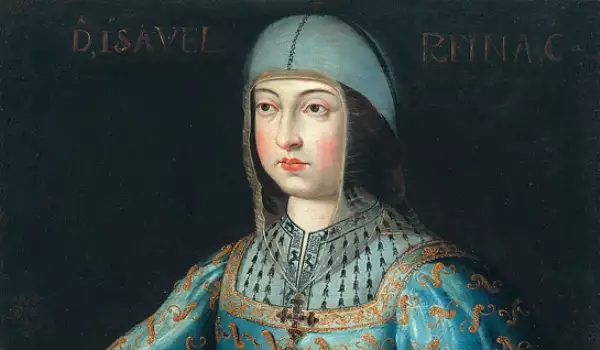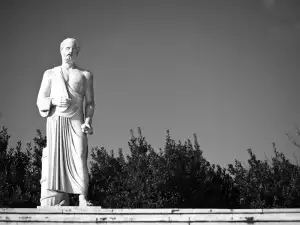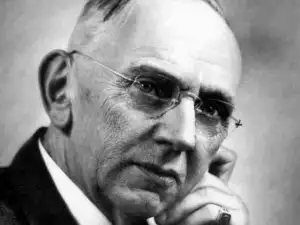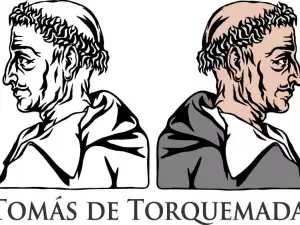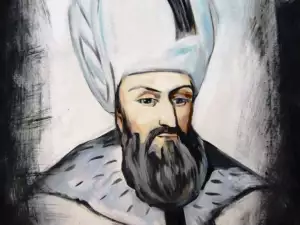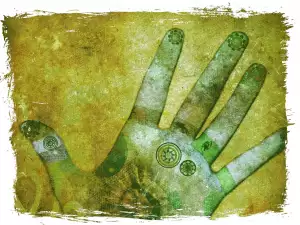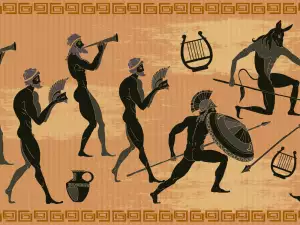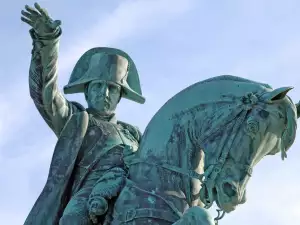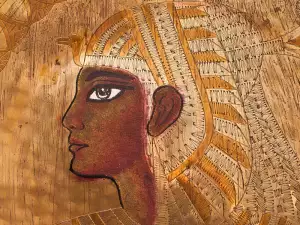Isabella I of Castile was the Catholic queen of Castile and León, who left her mark on her rule over Spain. The fateful decisions she made throughout the years had a centuries-long influence on Spain and Latin America, even until today.
She was born in the village of Madrigal, Kingdom of Castile (part of Spain today) in 1451.
Near the end of the 60s of the 15th century, Isabella is the most likely successor to the Castile throne. She is the wealthiest princess in all of Europe and many desire her hand in marriage. Despite the disapproval of her half-brother, Henry IV, in 1469, 18-year-old Isabella marries Ferdinand, heir to the throne of Aragon.
In 1479, after a battle for the throne, Isabella along with Ferdinand become rulers of Castile.
Isabella and Ferdinand reign together for 25 years. Throughout the entire time, they tried to create a united Spanish kingdom, led by a strong monarchy.
In 1492, they take over Granada - the only part of the Iberian peninsula still under Muslim rule.
Isabella, along with her husband, lie at the foundation of the popular Spanish Inquisition. It is headed by the personal confessor of Isabella - the fanatical friar Tomás de Torquemada.
In 1492, Isabella and Torquemada sign a decree, according to which all Spanish Jews must convert to Christianity. If they do not, they must leave the country within a 4 month period. Many of them die before they reach the desired freedom.
In 1502, all Muslims in Spain are faced with a similar choice - either accept the Christian faith or leave the country.
Columbus's discovery of the New World, the most significant event in Isabella's time, becomes possible thanks to the financial support on her part.
In 1492, the fateful expedition received financing from the Kingdom of Castile and managed to successfully complete its mission. As a result, the greater part of South and Central America become Spanish colonies.
Isabella has 4 daughters and 1 son. She dies in 1504.
